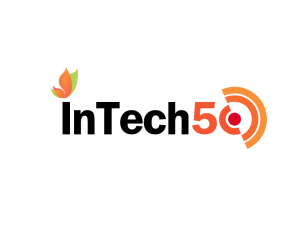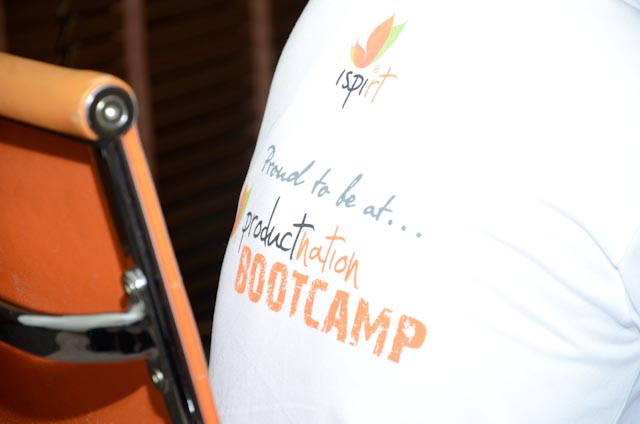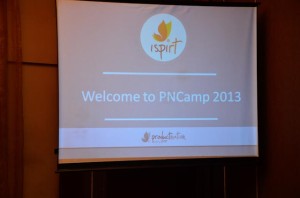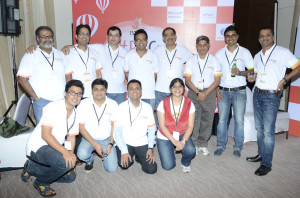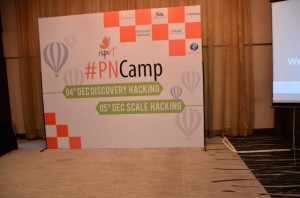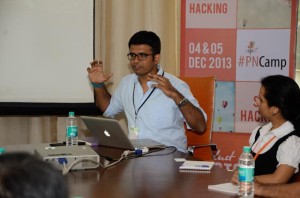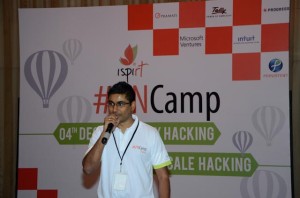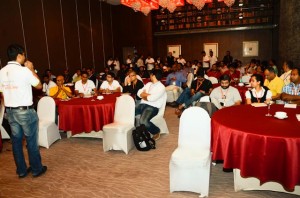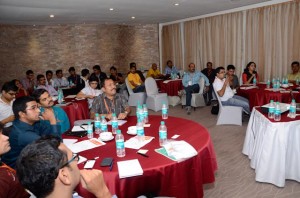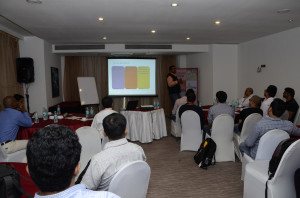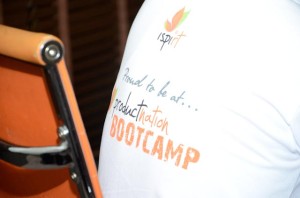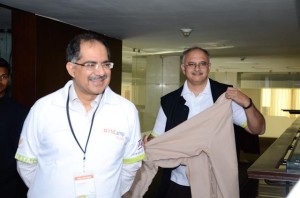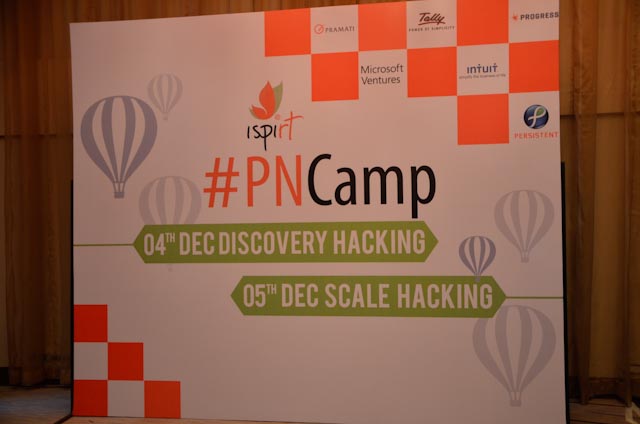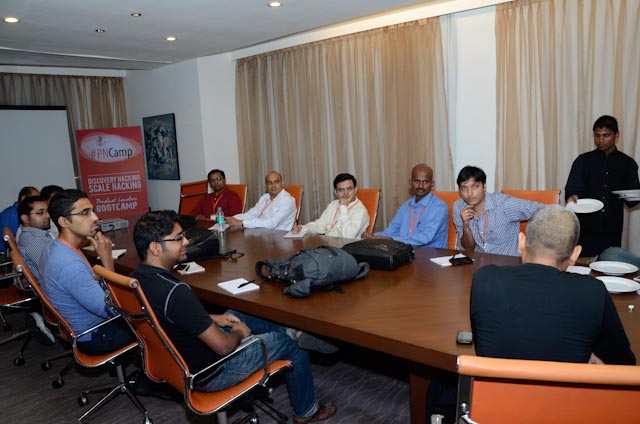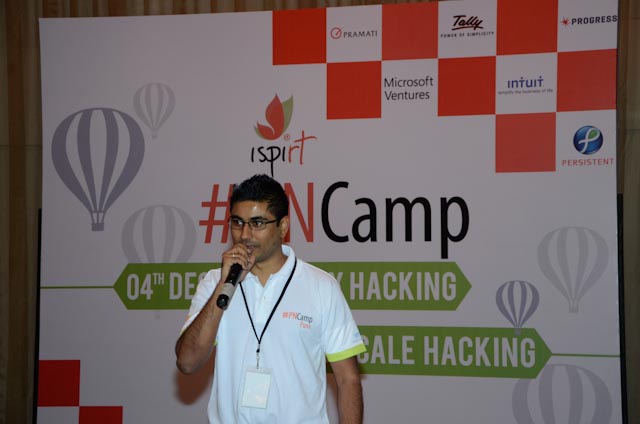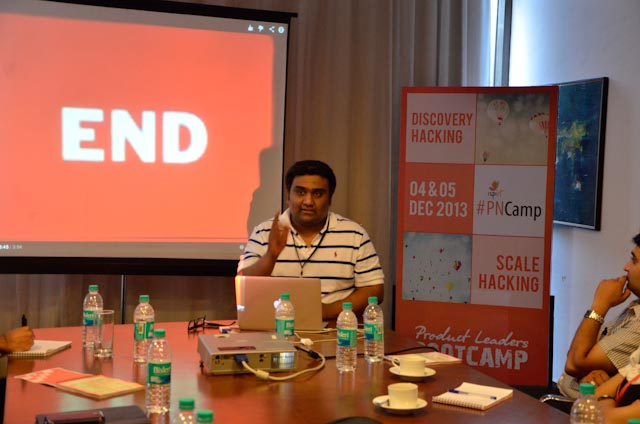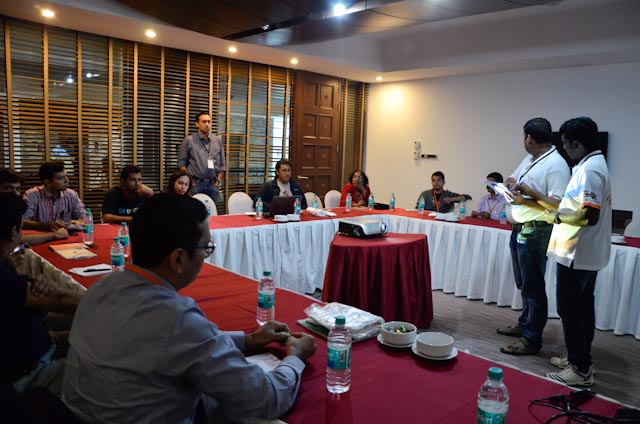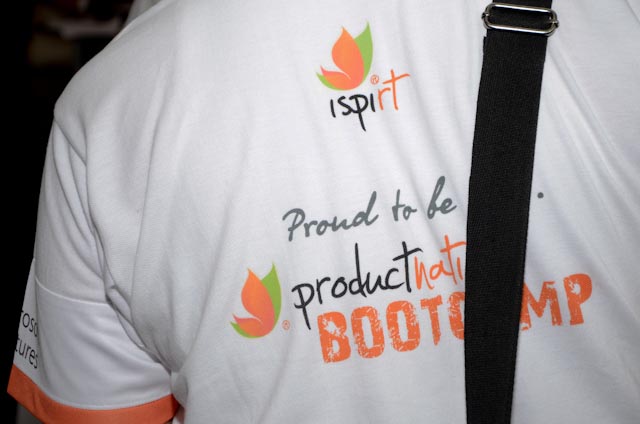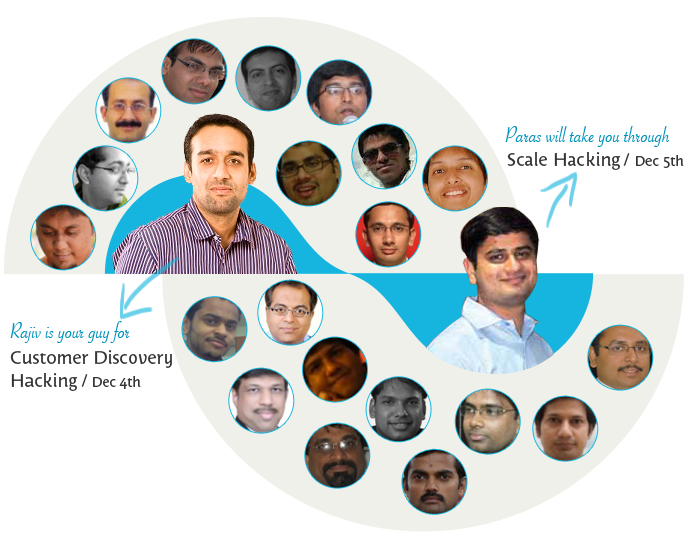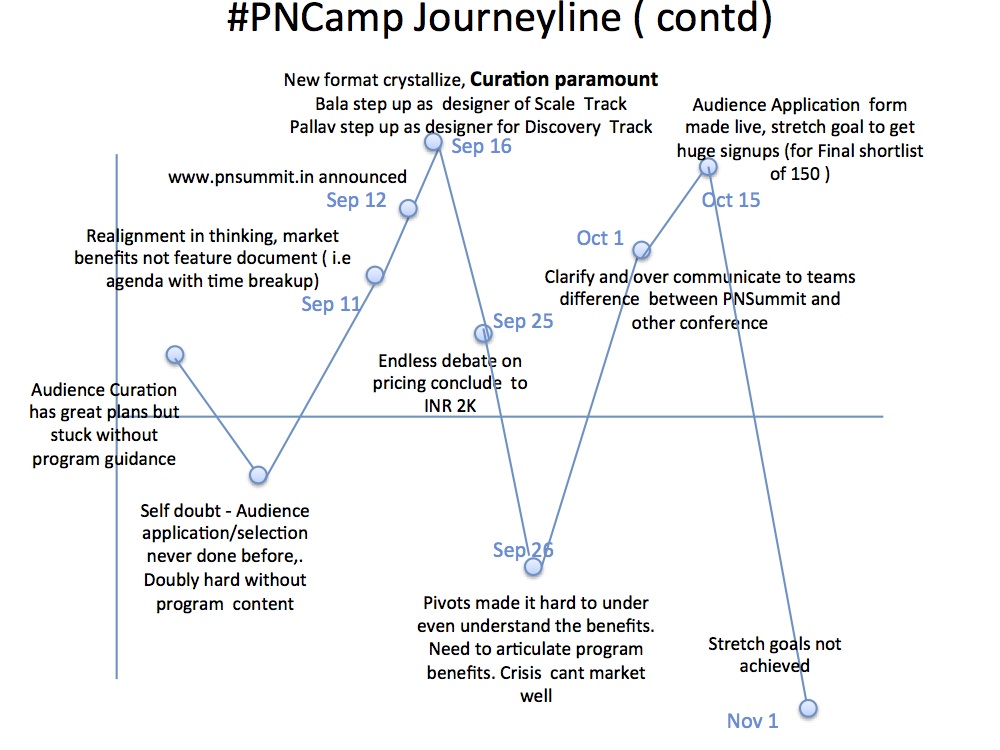InTech50, a joint initiative by iSPIRT and Terrene Global Leadership Network, that recognizes most promising software products by India’s entrepreneurs, is pleased to confirm the first set of 10 selected products from over 200 nominations.
 The elected products that represent inspirational and pioneering concepts in software will be showcased at InTech50 , a two-day event to be held at Bangalore from April 9 -10, 2014, where global CIOs and transformation leaders will be present.
The elected products that represent inspirational and pioneering concepts in software will be showcased at InTech50 , a two-day event to be held at Bangalore from April 9 -10, 2014, where global CIOs and transformation leaders will be present.
How we picked out the Top 10 showcase products:
It is quite an honor to be in the InTech50 considering there was an overwhelming response for product nominations.
An esteemed panel of Chief Information Officers (CIOs), venture capitalists, and product leaders from previous successes have evaluated the nominated products.
The products have been selected based on their capabilities and uniqueness, while having the potential to transform the world around us.
The first 10 finalists for InTech50 2014 Most Innovative Products (in alphabetical order) are:
- 99tests is a Crowd sourced Testing Marketplace with over 6500 testers from over 20 countries. Software product owners can get their applications tested on different versions of web browsers and various mobile devices to find critical bugs.
- Cerebra (patent pending), a product from Flutura Solutions is a Machine-to-Machine Big Data Analytics platform that has the capability to unlock signals embedded within cryptic machine logs.
- CoCubes is India’s largest assessment and campus hiring platform. The company works with 450+ corporate for hiring that provide greater control and transparency, while assisting institutional clients measure and improve employability and helping students move ahead on their career path.
- Datonis (TM) is a platform from Altizon which helps get any device connected to the internet, manage these connected devices and drive data related to their performance and usage to a cloud based data aggregation and analytical engine to glean operational and consumer insight.
- Freshdesk is a leading SaaS based customer support software that has more than 16,000 Support Teams across the world using it to deliver exceptional customer service. Freshdesk allows businesses to support customers through email, Twitter, Facebook, chat, phone, forums and other channels.
- Bizosys’ HSearch is an award winning Hadoop based search and analytics engine to handle several terabytes of data. HSearch has been deployed by clients in Telecom infrastructure, Pharmaceutical R&D, Energy management, online retail, financial analytics industries with the core search engine available as open source.
- Uniken has developed a path breaking Secure Digital Platform, REL-IDTM – which delivers ubiquitous, rich multi-channel digital experience with military grade security to the customers, employees and partners of an enterprise. Through REL-ID, the end users enjoy a rich and secure digital experience across devices and platforms.
- Whatfix is a solution for creating interactive support faqs, training and product tours. With Whatfix anyone can create such interactive guides with just a few clicks and integrate them with products, applications & websites.
- WhistleTalk is a SaaS based referral hiring solution that allows companies to leverage the social network of all their current employees, reach out to their friends and hire them. This unique approach helps organisations to supercharge their referral hiring.
- ZipDial is a pioneering Mobile Marketing & Analytics platform for emerging markets. Marketers and advertisers utilize ZipDial to transform their brand campaigns into highly interactive and viral user experiences, while building a loyal customer base.
Moving Ahead: As the evaluation process is still underway, we will announce names of the subsequent finalists as we go along. So stay tuned and share your comments about these innovative companies.








